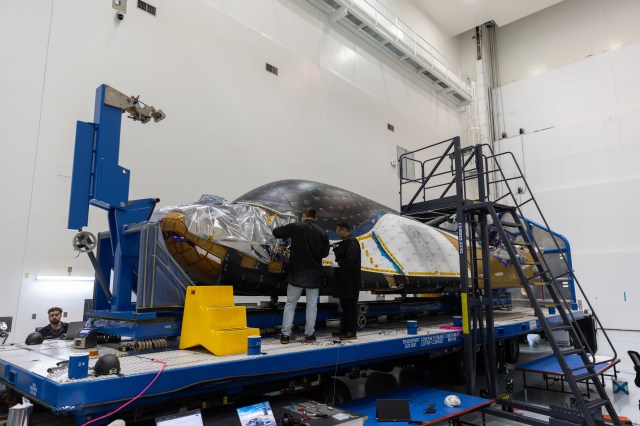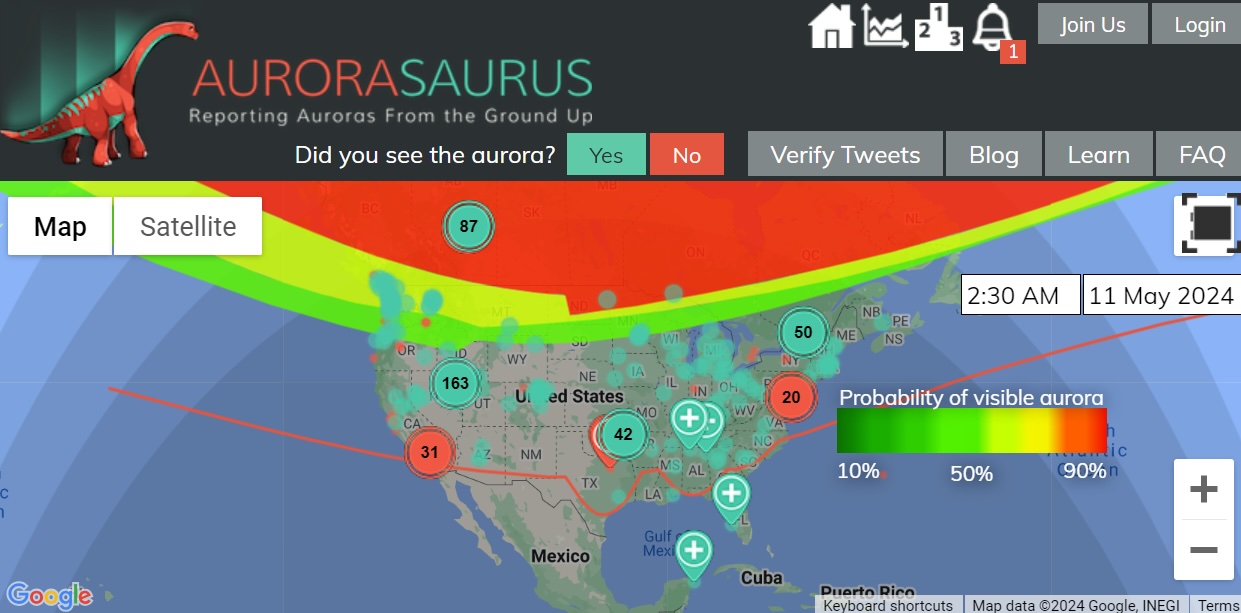Daniel Scheeres
University of Colorado, Boulder
ESI 2017 Quad Chart Daniel Scheeres
The practical operation of spacecraft about asteroids and comets has been extensively studied by the world’s space agencies and from an academic perspective, resulting in significant advances in our understanding of the laws of orbital mechanics in these environments and robust approaches to the design and implementation of spacecraft navigation. While research on this topic continues, four distinct modes of dynamical motion in the small body environment can be identified that encapsulate and enable the fundamental activities of a space vehicle in the small body environment: initial characterization, detailed surface observations and body parameter estimates, touch-down or surface deployment of packages, and long-term monitoring. Each of these modes has unique dynamical constraints that may differ significantly from each other, and may require different instrument measurements and autonomous algorithms.
Our research will consider the implementation of autonomous navigation, characterization and guidance techniques that are built around these different operational models. In addition, we will identify measurement needs and possible instrument capabilities that are required for these modes. Our purpose is to identify commonalities between the needs of each mode that can be captured with common instrumentation needs and algorithmic approaches. A main goal is to identify an appropriate menu of instrumentation and algorithmic implementations to support combinations of these operational modes that can be tuned to achieve a range of different scenarios of interest in the small body environment.






























